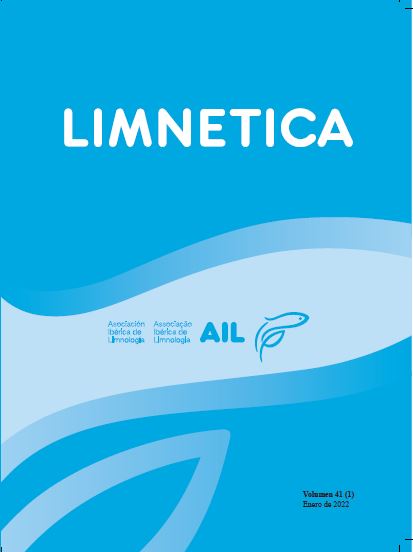How do macroinvertebrate communities respond to declining glacial influence in the Southern Alps?
Resumen
In the summer of 2018, we compared the macroinvertebrate communities of four streams fed by retreating glaciers and of one pro-glacial pond in the Italian Alps. The general aim was to determine if habitats fed by glaciers with different surface areas host different communities along a longitudinal gradient and to identify which environmental variables can predict these differences. Eight sampling sites were selected with different glacial influences given by the Glacial Index (GI, range 0-1). This index takes into consideration the distance from the snout and glacier surface area. Five were classified as kryal, fed mainly by ice melt and lay within 1 km of the snout; two as glacio-rhithral, with mixed contributions and > 1 km from the snout; and one as a pro-glacial pond, which lays within 50 m from the snout and was fed by ice melt. Chironomids were the most frequent (100 %) and abundant taxa (80 %), followed by EPT (Ephemeroptera, Plecoptera, Trichoptera) which represented 9 % of total abundance. All kryal sites (MA1, CR0, CR1, AG1) were dominated by chironomids (> 98 %), except for C0, which hosts a community resembling that of glacio-rhithral sites (C2, CR2), which are more diversified and have approximately 60 % of their communities composed of chironomids. While C0 is fed mainly by ice-melt, its GI was lower (0.3) than that of the other kryal sites (0.5-1.0) because of the small size of the feeding glacier (0.14 ha). These results emphasise that the glacier surface area affects the benthic fauna and that the GI should be considered when classifying different types of sites. GI was also selected as one of the best predictors of faunal changes by distance-based redundancy analysis (dbRDA), which was performed to investigate the relationships between taxa distribution and environmental conditions, along with the values of maximum water temperature and chlorophyll a concentration. Overall, this study provides new insights into how different glacial influences affect the macroinvertebrate communities of freshwater habitats.
Descargas
Publicado
Número
Sección
Licencia
Los autores que publican en esta revista están de acuerdo con los siguientes términos:
- Limnetica está bajo una licencia de Creative Commons Atribución-NoComercial 4.0 Internacional.
b. Los autores pueden establecer por separado acuerdos adicionales para la distribución no exclusiva de la versión de la obra publicada en la revista (por ejemplo, situarlo en un repositorio institucional o publicarlo en un libro), con un reconocimiento de su publicación inicial en esta revista.
c. Se permite y se anima a los autores a difundir sus trabajos electrónicamente (por ejemplo, en repositorios institucionales o en su propio sitio web) antes y durante el proceso de envío, ya que puede dar lugar a intercambios productivos, así como a una citación más temprana y mayor de los trabajos publicados (Véase The Effect of Open Access) (en inglés).


